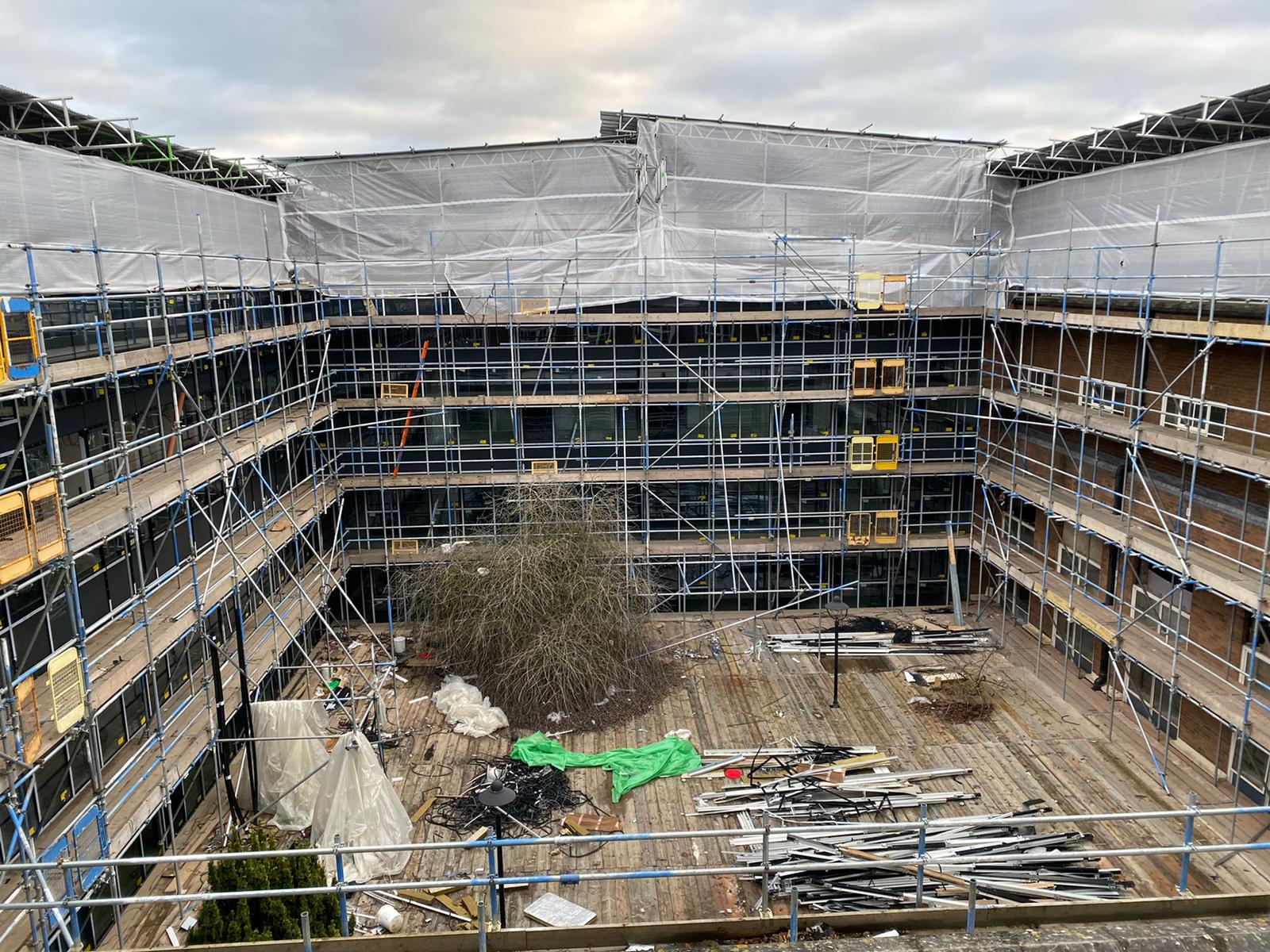The Planning Stage: Integrating Scaffolding into The Development Schedule

Within the dynamic realm of industrial construction, scaffolding serves a key role in ensuring projects move forward smoothly and safely. With needs for higher structures and faster turnaround times grow, implementing appropriate scaffolding solutions into your project timeline is essential. Grasping what official site entails and its significance is crucial to your project can prepare the way for better safety, compliance, and overall success.
Throughout this article, we will dive into multiple aspects of commercial scaffolding, covering its varieties, safety advantages, and the necessity of complying with regulations. Whether you are organizing a large-scale construction project or a smaller renovation, having the right scaffolding system in place can greatly impact effectiveness and safety on the job site. Ranging from overseeing set-up times to comprehending permits and inspections, this guide will offer the insights necessary for smooth scaffolding integration into your project timeline.

Grasping Business Scaffold Systems
Commercial scaffold systems is a specific system created to provide transient support and access for renovation projects. It is essential for enabling work at height, ensuring that construction teams can safely reach different levels of a facility. This type of scaffolding is critical for a wide range of applications, from high-rise buildings and industrial sites to commercial spaces and public venues. Understanding the specific demands of corporate projects allows organizations to opt for the appropriate scaffold system solution that meets their particular needs.
There are several types of scaffold systems used in business projects, each offering specific advantages based on the scope and character of the work. Some typical styles include modular scaffold systems, framed scaffold systems, and tube and clamp scaffold systems. Each form is constructed to enhance stability and safety, while also allowing for flexibility and easy setup on site. Knowing the distinctions between these scaffolding kinds can help managers in deciding on the most appropriate system for their particular environment.
As commercial construction continues to progress, the importance of scaffolding becomes increasingly crucial in meeting security and compliance norms. Effective scaffold systems not only enhances construction site safety by providing reliable access but also supports effective workflows. It allows workers to operate at optimal levels, ultimately leading to on-time task delivery. By incorporating comprehensive scaffolding solutions into the project timeline, firms can mitigate risks and ensure that their commercial efforts proceed without issue.
Safety and Compliance in Scaffolding
Ensuring safety and adherence in scaffold systems is crucial for any industrial project. Complying with security regulations not only protects staff and also minimizes the likelihood of legal issues. The OSHA has established particular regulations that regulate scaffolding use, including design standards, weight limits, and training requirements. Compliance with these regulations shows a commitment to creating a protected job site, which is critical for maintaining workforce morale and productivity.
To boost safety on scaffold systems, it is necessary to conduct routine inspections and maintenance. Employers should establish a strong safety inspection protocol that evaluates for potential hazards such as structural stability, appropriate construction, and deterioration to components. These inspections should be documented to ensure accountability and to provide a detailed record of safety measures. Additionally, creating a climate of safety where employees feel motivated to report issues can significantly improve overall safety on the job site.
Training is a key aspect of compliance that must be prioritized. All crew members operating in proximity to scaffolding need to receive sufficient training that addresses safety procedures, appropriate handling of equipment, and identification of hazards. This training not only helps in satisfying legal obligations but also equips workers with the knowledge required to navigate potential risks successfully. Providing comprehensive scaffold training ensures that workgroups are equipped and reduces the likelihood of accidents, thereby strengthening the safety system of the project.
Project Management and Coordination
Efficient project planning and logistics are vital in ensuring the successful integration of scaffolding into business construction projects. A comprehensive assessment of the site is required to determine the correct scaffolding system, taking into consideration factors such as site access, structural load limits, and the distinct requirements of the project. Partnering with construction managers and site supervisors can help tailor a scaffolding solution that meets and safety standards and project timelines. Additionally, having a plan for material delivery and equipment setup can lessen delays and disruptions on busy sites.
Collaboration with multiple stakeholders is also essential during the planning phase. Communication between scaffolding crews, safety officers, and other trade professionals ensures that everyone is on the same page on the project goals and timeline. This collaboration helps to foresee likely challenges, such as site constraints or scheduling conflicts, allowing for anticipatory solutions to be put in place. Specific roles and responsibilities should be defined, ensuring that each team member understands their contributions to the overall project success.
Ultimately, managing scaffolding logistics involves detailed scheduling of installation and removal operations to improve workflow. This includes considering peak construction times, which can dictate when scaffolding setup occurs without impacting other trades. Utilizing modular scaffolding can accelerate the process, allowing for rapid assembly and disassembly. Tracking equipment usage and hiring timelines can also contribute to effective project management, ultimately leading to cost savings and enhanced productivity on the job site.
